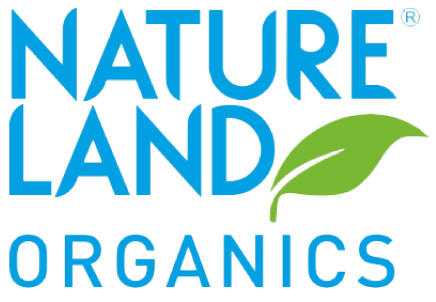
Introduction
Quinoa is a gluten-free, high-protein grain that has been cultivated for thousands of years in the Andes Mountains of South America. It is a complete protein, meaning that it contains all nine essential amino acids that our bodies need. Quinoa is also a good source of fiber, iron, magnesium, and phosphorus.
What is Quinoa?
Quinoa (pronounced "keen-wah") is a type of edible seed that comes in various colors including black, red, yellow, and white. It is a member of the amaranth family and is related to spinach and beets. Quinoa is a pseudocereal, which means that it is not technically a cereal grain but is often used in similar ways.
Nutritional Benefits of Quinoa
Quinoa is a nutrient-rich food that is high in protein, fiber, and essential vitamins and minerals. Here is a breakdown of the nutritional content of quinoa:
- Protein: Quinoa is a complete protein, meaning that it contains all nine essential amino acids that our bodies need. It is a good source of protein for vegetarians and vegans.
- Fiber: Quinoa is a good source of fiber, which can help to keep you feeling full and satisfied. Fiber also helps to regulate digestion and promote regularity.
- Vitamins and minerals: Quinoa is a good source of vitamins and minerals, including magnesium, phosphorus, iron, folate, and potassium. These nutrients are important for a variety of bodily functions, including energy production, bone health, and immune function.
Health Benefits of Quinoa
The nutritional benefits of quinoa translate into a number of health benefits. Here are some of the health benefits of quinoa:
- Weight loss: Quinoa is a high-fiber food that can help you feel full and satisfied, which can make it a helpful food for weight loss.
- Heart health: Quinoa is a good source of magnesium, which is important for heart health. Magnesium helps to regulate blood pressure and heart rhythm.
- Blood sugar control: Quinoa is a good source of fiber, which can help to regulate blood sugar levels. This is especially beneficial for people with diabetes or prediabetes.
- Immune function: Quinoa is a good source of folate, which is important for immune function. Folate helps to produce red blood cells, which carry oxygen throughout the body.
- Antioxidants: Quinoa is a good source of antioxidants, which can help to protect your cells from damage. Antioxidants are important for overall health and well-being.
How to Cook Quinoa
Quinoa is a versatile grain that can be cooked in a variety of ways. Here is a simple method for cooking quinoa:
- Rinse the quinoa in a fine-mesh strainer until the water runs clear.
- Add the quinoa to a pot with 2 cups of water or broth.
- Bring the water to a boil, then reduce the heat to low and simmer for 15-20 minutes, or until the quinoa is cooked through.
- Fluff the quinoa with a fork and serve.
Quinoa can be eaten plain, or it can be used in a variety of recipes. It is a good substitute for rice or pasta, and it can be added to salads, soups, and stews. Quinoa can also be used to make breakfast porridge, veggie burgers, and other dishes.
Conclusion
Quinoa is a delicious and nutritious grain that can be enjoyed in a variety of ways. It is a good source of protein, fiber, and essential vitamins and minerals. Quinoa has a number of health benefits, including weight loss, heart health, blood sugar control, immune function, and antioxidant protection. Quinoa is a versatile grain that can be cooked in a variety of ways. It is a good substitute for rice or pasta, and it can be added to salads, soups, and stews. Quinoa can also be used to make breakfast porridge, veggie burgers, and other dishes.
I hope you enjoyed this sneak peek into the quinoa grain!









